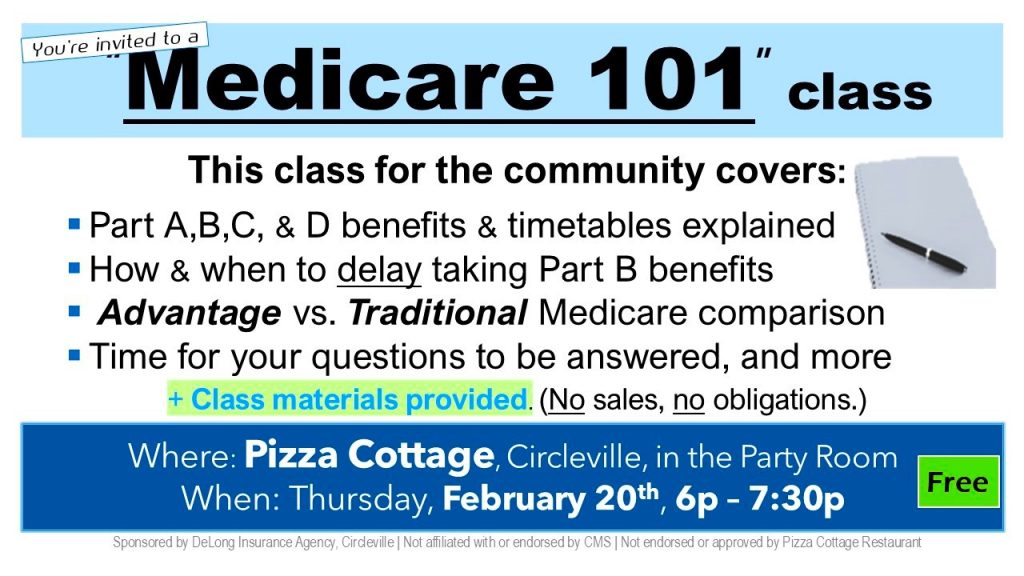
By: Marty Schladen – February 19, 2025
Ohio’s pharmacy closures have spiked in recent years, and the stores have been closing in the communities that can least afford to lose them, according to a new data tool released by the Ohio Board of Pharmacy. The result, predictably, has been fewer pharmacies overall in Ohio despite a moderately growing population.
The alarming numbers again raise questions about whether pharmacies can continue to be viable in many Ohio communities.
Their loss is a public health concern not only because it makes it more difficult for people to get their medicine. Pharmacies also administer vaccines and provide other services. And for the medically underserved, the neighborhood pharmacy often represents the rare chance to talk to a medical professional about conditions such as diabetes and high blood pressure.
In Ohio, the number of openings of retail outpatient pharmacies peaked in 2015 at 110. But then something must have happened over the next 12 months.

In 2016 there was a record number of closings, 120. Meanwhile, openings plummeted to 45 and stayed low for the following eight years, according to the board of pharmacy, which licenses and regulates them.
Then something even more concerning happened.
In 2023, the number of closures was a relatively low 55. But over the next year it shot up to 191, an increase of 247%.
YOU MAKE OUR WORK POSSIBLE.SUPPORT
There were ample headlines announcing many of the closures. Bankrupt Rite Aid closed hundreds of stores both in Ohio and Michigan. Walgreens began a process of closing thousands of stores nationwide. And CVS last year finished up a process of closing 900 of its pharmacies.
As a consequence of anemic openings and spiking closures, the number of outpatient retail pharmacies in Ohio has fallen from 2,219 in 2015 to 1,869 last year, according to the Board of Pharmacy data.
That’s a 16% drop over a period during which the state’s population grew by about 2.5%, so there are fewer pharmacies serving more people.
The closures last year prompted Dave Burke, a pharmacist, former state senator, and now executive director of the Ohio Pharmacists Association, to voice concerns that the business of pharmacy was on a precipice that could have disastrous consequences for Ohio.
The closures are already having the heaviest impact on those who stand to be most hurt by them.
As part of its new dashboard, the Board of Pharmacy looked at where closures were happening compared to where the most vulnerable Ohioans live. To do that, its staff used mapping data from the U.S. Centers for Disease Control and Prevention’s Social Vulnerability Index.
It looks at 16 pieces of information gathered by the Census Bureau such as income, employment status, educational attainment, minority status, whether one has health insurance, the availability of transportation and whether members of the household are children or seniors. Those with the most challenges are ranked high on the index, the next are ranked medium-high, then medium-low and low.
When the Board of Pharmacy overlaid closures since 2012 on the CDC vulnerability map, it became clear that pharmacies were abandoning vulnerable neighborhoods at a much higher rate. Nearly 60% of the closures occurred in high and medium-high vulnerability neighborhoods.
The impact of closures on those neighborhoods might be greater still, since it seems likely they had fewer pharmacies to start with.
Ohio’s independent and small-chain pharmacists have long accused pharmacy middlemen that are part of huge health conglomerates of driving them out of business. Combined, the three biggest middlemen control access to 80% of the insured patients.
Pharmacies say that leaves them with no negotiating leverage, so they’re forced to sign contracts in which the middlemen use a non-transparent system to reimburse them for the drugs they buy and dispense. The middlemen, or pharmacy benefit managers, also impose fees and other charges that cut into already limited profits, pharmacists say.
In an interim report last year, the Federal Trade Commission said the pharmacists had a point. It said the practices of the middlemen appeared to be raising prices and making patients sicker.
But Antonio Ciaccia, a Columbus-based drug-pricing expert, said the woes of Ohio pharmacies are due to a more complex set of factors than that.
He said traditional pharmacies are getting squeezed by a federal program meant to benefit hospitals and health centers that treat the poor, staffing problems, and pessimism about the future. But he said middleman reimbursements are unquestionably an important factor.
“It all goes back to whether you have adequate money coming in the door,” Ciaccia said.
In a statement, Board of Pharmacy Executive Director Steven W. Schierholt said his agency developed the dashboard to identify pharmacy needs so policymakers can address them.
“Having a pharmacy nearby is critical to the health and safety of Ohioans, especially those who depend on prescription medications every day,” he said. “As the pharmacy market evolves in Ohio, it is imperative that we have a tool to help policymakers and local community leaders alike stay up to speed and even get ahead of emerging trends.”









